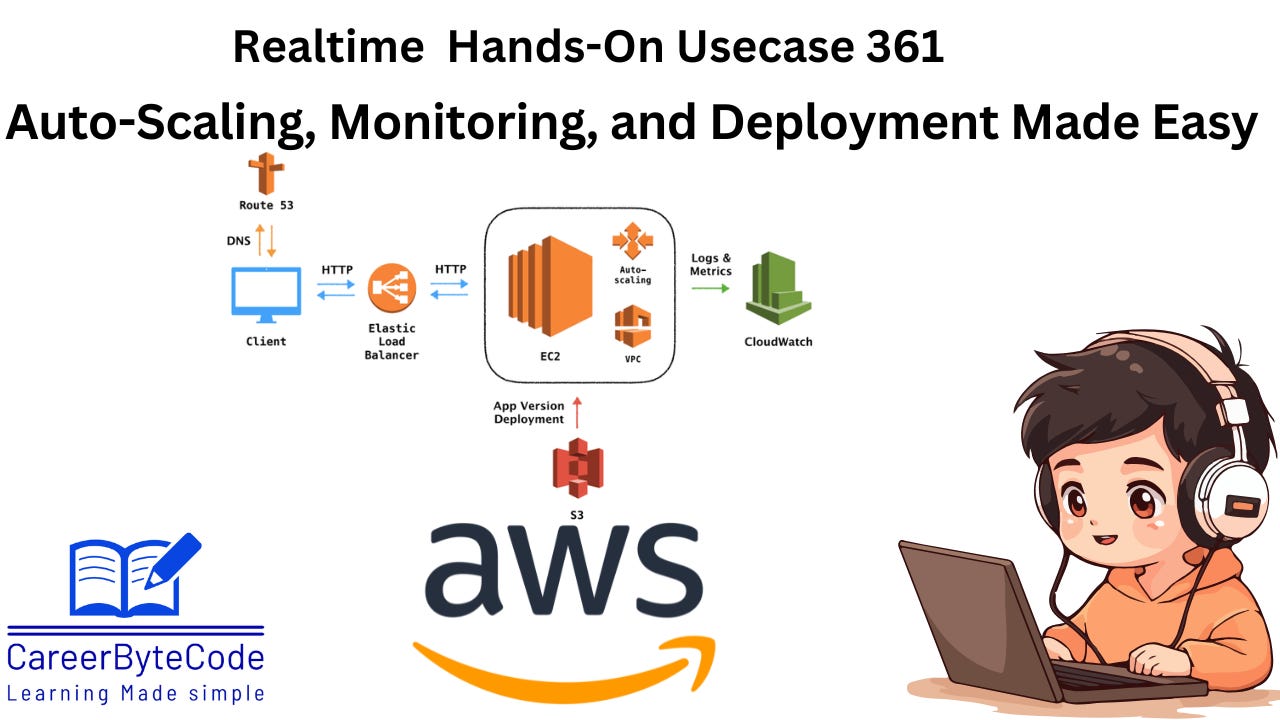AWS Elastic Beanstalk vs Manual Deployment – Why You Should Automate Now
AWS Elastic Beanstalk is a Platform-as-a-Service (PaaS) that simplifies the deployment, management, and scaling of web applications and services.
1. Problem Statement
Deploying, managing, and scaling web applications often requires significant effort in configuring infrastructure, handling server management, setting up load balancing, and monitoring performance. Developers may spend considerable time on infrastructure tasks rather than focusing on writing and improving application code.
Organizations need an efficient solution to:
Automate infrastructure provisioning and application deployment.
Reduce the operational overhead of managing EC2 instances, load balancers, and scaling policies.
Ensure seamless application updates and rollbacks without downtime.
Monitor and maintain application health without manual intervention.
AWS Elastic Beanstalk provides a Platform-as-a-Service (PaaS) solution that abstracts infrastructure complexities and enables developers to deploy applications quickly with minimal configuration. This use case explores how to deploy, manage, and scale a web application using AWS Elastic Beanstalk, providing a streamlined approach to application deployment.
2. Why We Need This Use Case
AWS Elastic Beanstalk is a Platform-as-a-Service (PaaS) that simplifies the deployment, management, and scaling of web applications and services. By using Elastic Beanstalk, developers can focus on writing code while AWS handles the infrastructure provisioning, load balancing, scaling, and application health monitoring. Elastic Beanstalk supports various platforms and languages, including Java, .NET, PHP, Node.js, Python, Ruby, and Docker, making it a versatile solution for deploying a wide range of applications.
3. When We Need This Use Case
When you want to deploy a web application with minimal infrastructure management.
When aiming to automate deployment processes and application scaling.
When needing to deploy applications in multiple programming languages or frameworks.
When wanting to handle routine tasks like monitoring and logging without manual intervention.
When aiming for a quick and straightforward deployment of applications with integrated development tools.
4. Challenge Questions
Keep reading with a 7-day free trial
Subscribe to CareerByteCode’s Substack to keep reading this post and get 7 days of free access to the full post archives.



